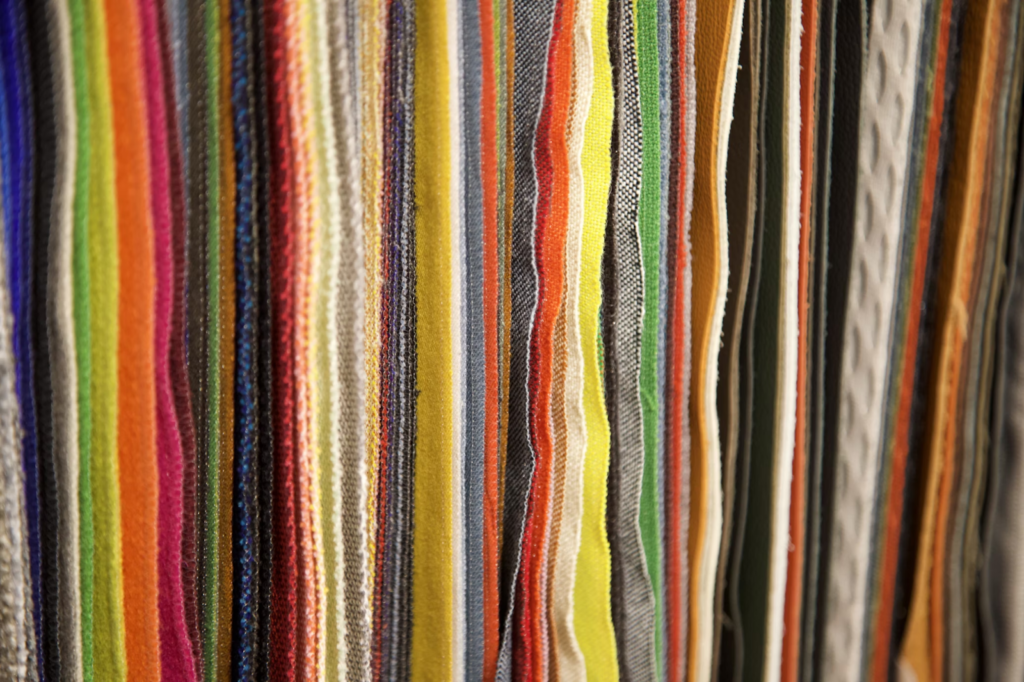Are you looking to add depth and warmth to your living space without a complete makeover? Layering rugs might just be the magic trick you need. This trendy decor approach not only breathes life into any room but also offers a unique opportunity to express your personal style. Whether you’re a seasoned interior decorator or a homeowner eager to spruce up your space, this guide will walk you through the ins and outs of layering rugs for a stylish look. You’ll discover practical tips, creative ideas, and the secret ingredients to achieving that layered rug magic.
Why Layering Rugs is All the Rage
Layering rugs has become a favorite design technique for several reasons. First, it allows you to mix patterns, textures, and colors, creating an inviting and personalized look that single rugs often can’t achieve. Second, it’s a practical solution for defining spaces in open-plan homes or adding warmth to chilly floors. Lastly, layering can extend the life of your cherished rugs by distributing wear and tear more evenly. This approach isn’t just about aesthetics; it’s about functionality and comfort. Adding layers to your floors can immediately transform a room into a cozy sanctuary. The right combination of rugs can absorb sound, making your home quieter and more peaceful. Plus, they offer an extra layer of insulation during colder months.
Getting Started with Rug Layering
Begin your layering adventure by assessing the size and shape of your room. Large spaces can handle more complex layering, while smaller rooms benefit from a simpler approach. Consider the function of the room and the existing color scheme to ensure your rugs complement the overall design. Once you have a clear vision, start selecting your rugs. Think of area rugs as the foundation of your design. A larger rug provides a base, anchoring the room and setting the stage for smaller, more decorative pieces. Opt for neutral tones or subtle patterns that won’t overpower the room. In the middle of your layout, incorporate natural jute rugs for an earthy texture. These add a rustic touch and are perfect for layering because of their versatile nature.
Choosing the Right Rugs
The key to successful layering lies in choosing the right rugs. Begin with a large base rug made of durable materials like wool or jute. This rug should cover most of the floor area, acting as an anchor for your design. Its neutral color will allow the top layers to stand out without clashing.
For the second layer, select a rug with a contrasting texture or color. This could be a vibrant patterned piece or a plush shag rug that adds a touch of luxury. Ensure this rug is smaller than the base rug, allowing both to be visible and complement one another.
Finally, consider adding a third rug for extra flair. A cowhide or faux fur rug can introduce a unique element to the mix. Its irregular shape adds visual interest and can soften the edges of the rectangular rugs beneath.
Playing with Patterns and Textures
Layering rugs is a wonderful opportunity to experiment with patterns and textures. Start by considering the existing decor in your room, such as furniture and wall color. Then, think about how the rugs can complement or contrast these elements.
Mixing different patterns can be challenging but rewarding. For instance, pair a geometric base rug with a floral or abstract design on top. The key is to find a common color or theme that ties the two patterns together, ensuring cohesion rather than chaos.
Texture is another crucial element. A smooth, flat rug pairs beautifully with a textured, high-pile rug. The contrast between the two creates a dynamic visual depth that’s both inviting and stylish. Don’t be afraid to mix materials; wool, cotton, leather, and jute each contribute distinct tactile qualities that enhance the layered effect.
Balancing Proportions and Sizes
Balancing proportions is essential when layering rugs. The base rug should be the largest, covering the majority of the floor space. This provides a solid foundation and prevents the room from feeling cluttered.
Next, choose a middle-sized rug that fits comfortably within the edges of the base rug. This rug should be large enough to make an impact but small enough to allow the base rug to show through.
If you’re adding a third rug, select a smaller accent piece that draws attention to a specific area, like under a coffee table or near a seating arrangement. This layered approach not only enhances visual interest but also helps define different zones within a room.
Incorporating Rugs into Outdoor Spaces
Don’t limit your rug layering expertise to indoor spaces. Outdoor areas like patios and balconies can benefit from this technique as well. Weather-resistant rugs are perfect for adding style and comfort to external areas.
Start with a durable base rug that can withstand the elements. Choose a size that fits the dimensions of your outdoor space, whether it’s a cozy balcony or a sprawling patio. Add a smaller top rug in a contrasting color or pattern to create an inviting focal point.
This layering method not only enhances the aesthetic appeal of outdoor spaces but also defines seating and dining areas, making them feel more like an extension of your home.
Tips for Maintaining Layered Rugs
Maintaining layered rugs involves regular care to keep them looking their best. Start by vacuuming frequently to prevent dirt buildup, especially in high-traffic areas. Use a vacuum with an adjustable height setting to avoid damaging delicate fibers.
Rotating your rugs every few months distributes wear evenly, prolonging their lifespan. Pay attention to sunlight exposure; direct sunlight can fade colors over time, so consider rotating rugs placed in sunny spots more frequently.
For spot cleaning, use mild detergent and water to treat stains promptly. Blot the stain gently; never rub it, as this can damage fibers and spread the stain further. Regular professional cleaning is also recommended to maintain the appearance and longevity of your rugs.
Layering rugs is an art form that can transform any room into a stylish sanctuary. By mixing patterns, textures, and colors, you can create a personalized and inviting space that reflects your unique style. Whether you’re adding warmth to your living room or defining zones in an open-plan home, layered rugs offer endless possibilities.






